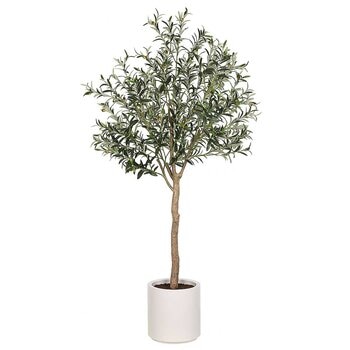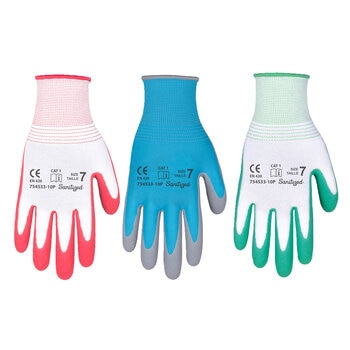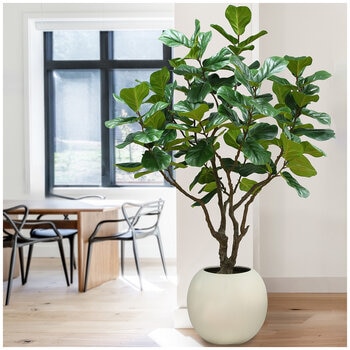You don’t need a large yard to create beautiful green spaces: container gardening is a great way to add personality (and colour) to your home.
The iconic Australian residence might have a huge backyard, but as more and more of us move into densely populated urban areas, balconies and courtyards are becoming the norm.
It’s little wonder then that ‘container gardening’ – or planting in pots – is taking off around the country. According to horticulturalist Matthew Carroll, it’s a trend that encourages garden enthusiasts to use small spaces more efficiently.
“Vertical gardens, rooftop gardens – container systems of all kinds, allow us to maximise space, but with a limited footprint,” he says.
Here, Matthew offers his top tips to get your container garden started.
Know what to plant
To start, Matthew suggests experimenting with a range of foliage, texture and colour. “In terms of edibles, dwarf varieties of citrus trees and other fruiting varieties are good options,” he says.
“Or, if you don’t have an outdoor area, you can grow herbs and micro-greens from your kitchen. As for ornamentals, you can look for more compact varieties and training techniques such as espalier (growing flat against a wall) that will utilise space more efficiently.”
To figure out which species are best suited to your home, consider several factors. If you’re working indoors and don’t have much light, shade-tolerant plants such as the peace lily or Zanzibar gem are the way to go. On the other hand, if you have a sun-drenched courtyard, you’re better off buying hardier plants, like succulents and cacti.
Find the perfect pot
With your plant varieties sorted, it’s time to choose your potting containers – a decision that Matthew says is limited only by your imagination. “People are upcycling all sorts of things these days, from old washing machine drums through to teapots,” he explains. “The main thing to remember is that the bigger the pot, the more resources your plant will have access to and the longer it can go between drinks. But if you’re working with smaller containers, you should plant something like a cactus, which doesn’t require much water.”
It’s also important to work out how big a plant will grow over time and how much space it’ll eventually require. “But don’t put it in the end-size pot initially,” Matthew warns. “You should take it up through a couple of sizes throughout its growth phase.”
You’ll know when a plant needs to move up a pot size when it starts demanding more water and nutrients – or when its roots start to grow out of the container base. “I always like to water what I’m transplanting with a wetting agent to help marry the old and new growing media,” he says. “I also give it a bit more water than usual to make sure the liquid penetrates into the roots.”
Keep your garden alive
A container garden is at the mercy of its keeper: in its own little bubble, it relies solely on the nutrients you give it, rather than anything the ground can provide. With that in mind, Matthew says that good quality potting mix – ideally one that contains a controlled release fertiliser – is essential, to help plants retain their moisture and get plenty of sustenance.
It’s also a good idea to ensure pots have sufficient drainage and aren’t left sitting in water. “Indoor plants are often killed by overwatering, while the ones outdoors are more likely to suffer from lack of water,” Matthew explains. “Always read the care instructions that come with your plant and remember: the softer and leafier it is, the more water it will need.”
Autumnal gardening tips
Make sure you're giving your plants all they need this autumn.
Watering
Reassess how much water your plants require now that the weather is cooler and their needs will be lessened.
Seasonal
Plant cool-season crops for the edible garden and look at winter annuals that will brighten your pots and gardens over the colder months.
Fertilise
Apply a general organic fertiliser to your lawns and gardens. This can also be a good time to reapply wetting agents; these often work for six months, so make it a spring/autumn task.
Prepare
Retire any edible summer crops and replenish the soil with compost and mulch, ready for winter planting.
Prune
Tidy summer flowering perennials by pruning dead flowers and untidy growth. Make sure your secateurs are clean and sharp.











